By Richard E. Ecker
In March 1953, a battle-scarred United Nations outpost called “Old Baldy” was attacked by elements of the Chinese Army and captured from the Colombian soldiers occupying it. Among the casualties of the battle was an artillery forward observer from the U.S. 57th Field Artillery Battalion, 2nd Lt. Albert De La Garza, Jr., who had been trapped in his bunker, wounded, and taken prisoner. A month later, peace negotiators agreed to an exchange of wounded prisoners, and De La Garza was included in the exchange. Before being evacuated back to the United States, the young lieutenant recounted persistent interrogations by his captors. One of the questions they had badgered him to answer was, “What makes your counterfire so effective?”
It is said that no compliment is quite so rewarding as one given by the enemy. Certainly, that was how the news of De La Garza’s debriefing was received when it trickled down to the men in the 31st Infantry Regiment’s counterfire platoon, the unit responsible for locating enemy artillery and mortar positions in the battle sector including Old Baldy. Although they received little credit for their critical contributions to military operations, the men of the 31st and their counterparts in other infantry regiments probably did more to limit the enemy’s ability to prosecute the war than other units of their size in the UN command.
Finding the Enemy’s Guns
Regimental counterfire was an intelligence operation during the Korean War. Its mission was to provide information on the locations of enemy weapons positions so that those positions could be neutralized by return fire. Whenever an enemy mortar or artillery piece was fired, two things were aimed in the direction of the target—the projectile itself and the sound of the muzzle blast. Both became essential sources of intelligence for the sound-ranging specialists who manned counterfire observation posts along the regimental front during the war. When the projectile exploded on its target, the specialists recorded the coordinates of its impact, the time of the impact, and the kind of weapon that had fired it. Then, using sophisticated (for the time) electronic equipment, they traced the sound of the muzzle blast back in the precise direction from which it had originated.
Even with all of the electronic equipment needed for the work, the success of counterfire operations ultimately hinged on a trained human ear. The equipment came into play only when—and if—the specialist himself had heard and identified the muzzle sound of an enemy weapon. The principles involved in sound-ranging were relatively simple. Three quite sensitive microphones were arranged in a precisely measured triangular array near the observation posts(OPs). One side of the triangle, perhaps 20 feet in length, was pointed in a specific direction. Ideally, it would have had the direction established by a prior survey. However, in practice that was rarely possible. Observation posts were always placed on a hill where they could have a good view of enemy territory, and the microphones had to be as open as possible to sounds coming from that direction. Thus, they were necessarily in full view of the enemy, and it was not a good idea to set up surveyor’s instruments where the enemy could get a clear shot.
In order to avoid inviting enemy fire, some precision had to be sacrificed in setting up the key azimuth of the microphone array. Usually, a GI compass handled by a sound-ranging specialist lying on his stomach in half light had to serve as the survey instrument establishing the azimuth. A survey by compass was not the most precise way of doing things, but it was usually good enough for the counterfire platoon.
Each of the microphones was connected to a separate recording head on a machine that imprinted the sounds on a continuous steel band. When the recorder was turned on, it cycled the band every five seconds. All sounds, whatever their origins and directions, were continuously recorded and erased on the rotating steel tape. The skill of the specialist lay in identifying the muzzle blast of an enemy gun and then stopping the recorder before the five seconds had elapsed. To do so, the recording machine was equipped with a push-button stop switch at the end of a long cord. Using the cord, the specialist could do his listening from an open trench outside the observation post bunker and still stop the machine immediately when he felt he had captured a good sound. If he had recorded a valid muzzle blast, the rest of the sound-ranging process was relatively simple. The electronic equipment in the bunker determined where the sound had reached each of the three different microphones. From this time difference, the specialist could calculate the direction from the observation post to the gun that had made the sound.
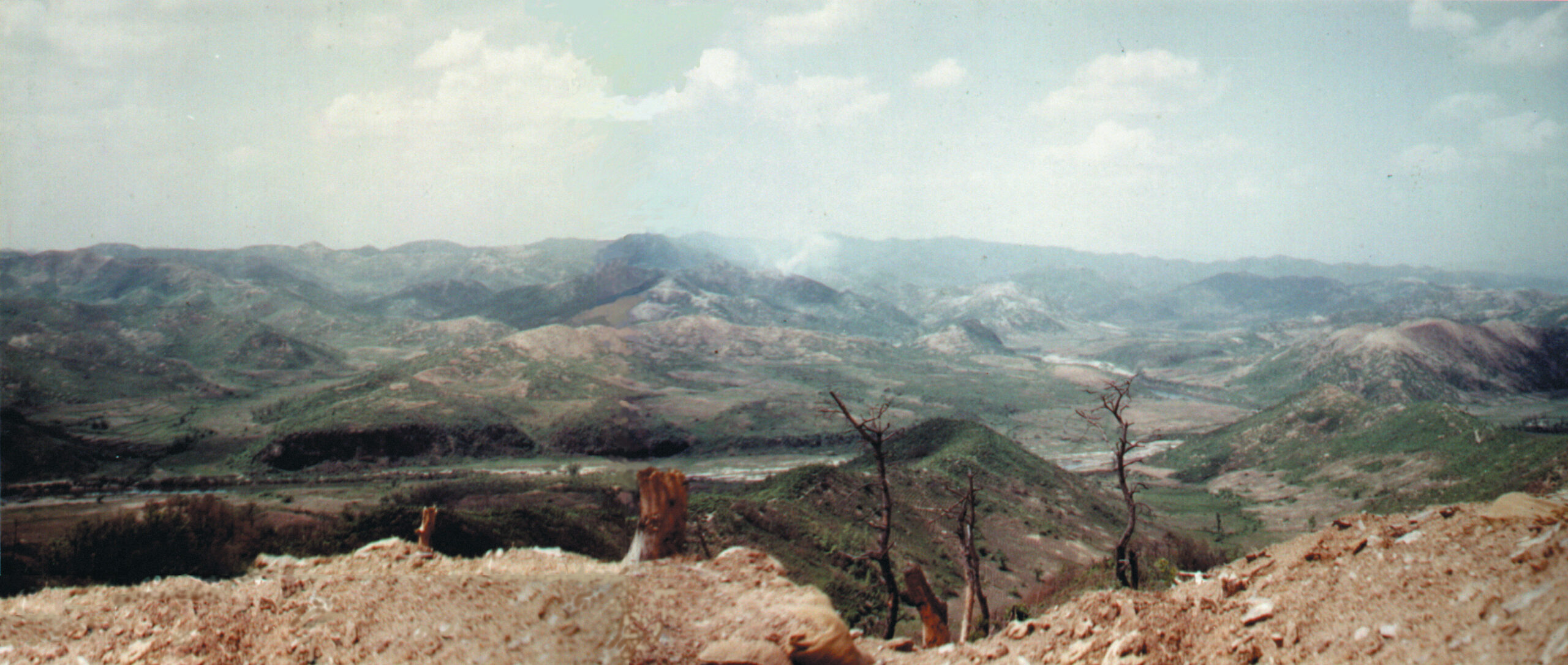
Counterfire Challenges
In principle it was a very straightforward process. In practice, however, it was often a monumental challenge to the observers’ skill, patience, and physical endurance. Background noise was a perpetual problem. Counterfire observation posts had to be located as far forward as possible to minimize the distance to the weapons they were trying to detect. Thus, the OPs were all located in front-line bunkers. In a battle zone, the human ear could often isolate a specific sound from accompanying noise—the equipment could not. The sound rangers had to wait patiently for a clean sound to record.
Unfortunately, even if they had been willing to wait forever, the equipment never afforded them that option. The electronic devices used to record and analyze the sounds required a good deal of electric power. Since front-line bunkers did not come equipped with electric service from the local power company, the considerable electric current required by the equipment had to be supplied by six-volt lead storage batteries. The charge from one of the batteries could keep the equipment operating for less than an hour of total running time, so a machine was turned on only when the specialist was reasonably certain he had a chance to score a clear fix on an enemy gun. Even then, it was only left running long enough to pinpoint the azimuth.
The storage batteries had to be taken back to the rear for recharging—no small task in itself. Each observation post was located on or near the highest possible point in the immediate area of the front lines, typically on the top of a hill or ridge. Seldom were there roads that went anywhere near those locations. The batteries had to be carried on backpacks from the closest stopping area below the posts. Often, that required a long walk and a steep, exhausting climb. With six observation posts in operation and the need to replace the batteries every few days, effective counterfire depended almost as much on pure muscle as it did on technical skill.
Luck was also a crucial element. The listeners had to avoid having their microphone arrays uprooted by an errant GI taking a shortcut across their hill or blown up by a lucky enemy blast. Despite the obstacles, most of the OPs were remarkably effective.
The Fire Direction Center
Sound-ranging, however, was only half the business of effective counterfire. The rest took place several miles to the rear, at the fire direction center of the supporting field artillery battalion. There, the counterfire platoon maintained its plotting center, immediately adjacent to the desk of the artillery fire direction officer. The plotting center consisted of a switchboard connected to all of the frontline OPs, and had a large map table with two acetate overlays. The map table had to be large in order to accommodate conjoined contour maps covering the entire division front, including all enemy territory from which mortars or artillery could be fired on friendly positions. Each of the overlays had a facing surface that could be marked on with a pencil. On the first overlay were plotted the locations of each of the observation posts and a semicircular scale of compass points from that position in the direction of the enemy. The second overlay showed the map locations of every known or suspected enemy gun position in the entire sector. This overlay was updated every few days, as often as new information became available from division intelligence.
Counterfire OPs were organized in pairs. The apparatus was designed so that if two recorders were connected by means of a land line, a specialist in one location could control the equipment in an adjacent observation post. In this way, the same muzzle sound could be captured on two separate recorders at the same time. Then, when the two posts reported their respective azimuths to the gun that had created the sound, those same two azimuths should intersect at or near the location of the enemy weapon. In principle, this arrangement made perfect sense. In practice, however, the effort required to maintain the equipment in this way was not worth the minimum results achieved. This limitation was not a significant obstacle to the effectiveness of counterfire, however. The tactical situation at the time made it possible for other sources of intelligence information to be used to help pinpoint the locations of active enemy weapons, even when only a single azimuth was determined.
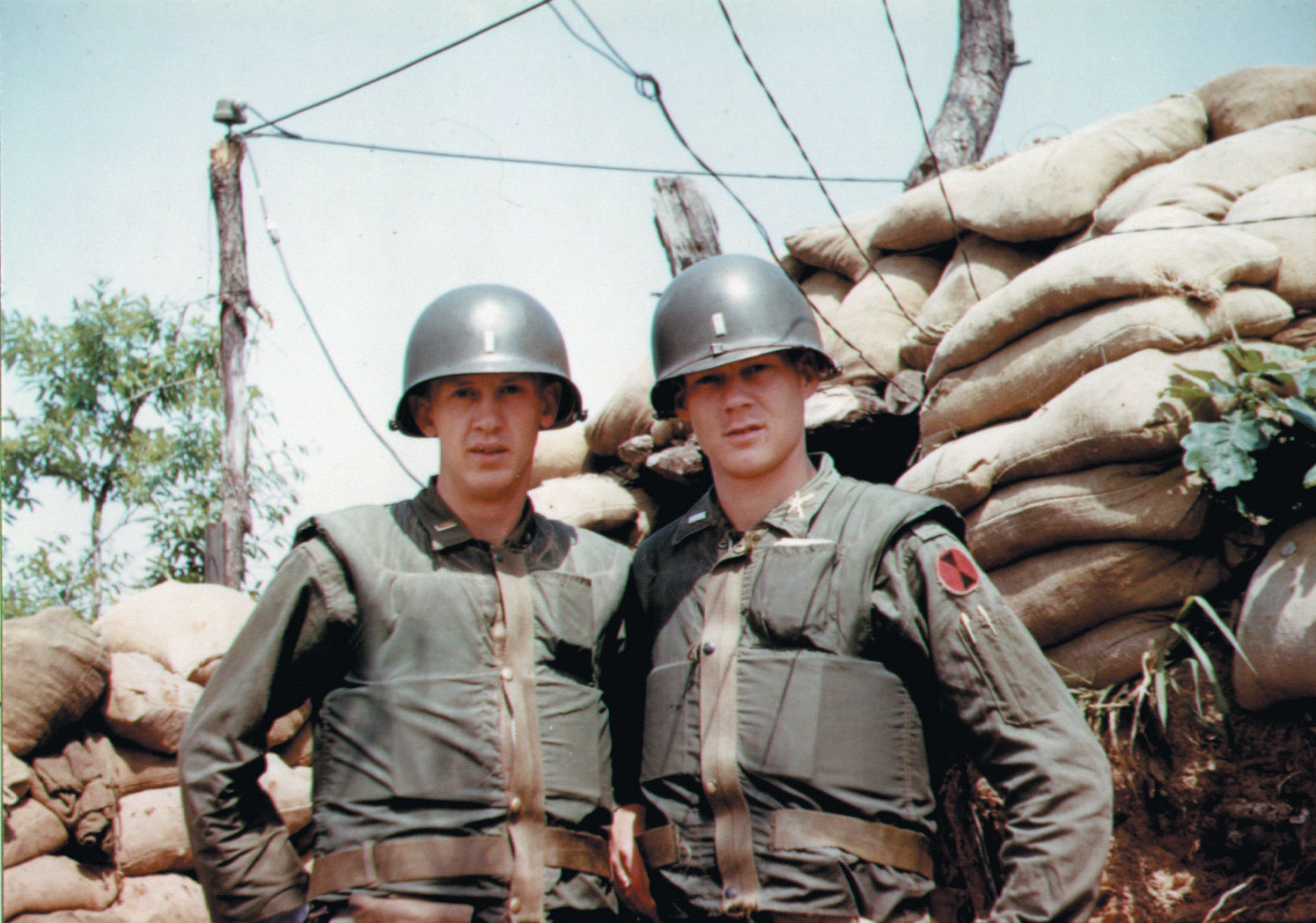
Recording Incoming Artillery
No information was insignificant. The OPs reported everything they saw or heard. Every round of incoming artillery or mortar fire was reported, whether or not it had come from an identifiable direction. The only exception was when incoming fire was so heavy that it became impossible to distinguish among the various impacts. The OP report always included time, coordinates of impact, and caliber of projectile. Whenever an azimuth to the gun could be calculated, it was also included in the report. Sometimes, a muzzle sound was heard and an azimuth calculated, but the impact occurred where it could not be seen or heard. In these cases, the time and azimuth were reported, along with an estimate of the caliber determined form the muzzle sound. Frequently, one post would report the impact and another would report the azimuth, making it imperative that the precise time be entered in every report.
At the plotting center, each of the reports was recorded on a columnar form that made report items easy to compare. If an azimuth was included in a report, it was immediately plotted on the map table, using the overlay showing the OP positions. The plotting specialist drew a line on the overlay from the reporting post through a point on the compass scale corresponding to the reported azimuth. Sometimes, a second OP would report the same impact and an azimuth to the weapon. On rare occasions, more than two OPs would report azimuths to the same weapon. In general, such intersections were considered to be conclusive evidence for the location of an active enemy gun position, and they were given priority in decisions whether or not to recommend return fire.
Most often, however, only a single azimuth to the enemy gun was reported. At these times, three other sources of information came into play. The first was the map itself. The elevation contours on the map provided a picture of the terrain along the azimuth line to the gun. The second was the intelligence data on the second overlay—the locations of known or suspected enemy gun positions. The third bit of information was a fan-shaped piece of acetate on which had been drawn a series of arcs, each representing the maximum range of various kinds of enemy weapons.
If the azimuth line crossed a known or suspected enemy position of the reported caliber, the location was usually as reliable as an intersection of azimuths. However, the enemy tended to move their gun locations frequently, and the azimuth line would often pass over terrain in which no enemy weapon of that caliber was known to exist. At these times, the other two information sources were put to use. Placing the vertex of the acetate fan at the coordinates of impact, the maximum range of the weapon was marked on the azimuth. This limited the terrain along the azimuth line that had to be inspected for possible enemy gun locations. Frequently, because the line of sight from frontline positions limited where the enemy could place their weapons without being seen, such a weapon could only be fired from one point on the azimuth.
Returning Fire
When there was a high probability that an enemy weapon had been located, the weapon’s caliber and map coordinates were written on a slip of paper and handed to the artillery fire direction officer. Depending upon the availability of guns, he made the decision whether or not to return fire. Normally, that decision had to be made promptly, as enemy gun crews seldom remained in position for more than a few minutes. In spite of that, enemy gunners were often caught in their tracks. It required as little as three minutes from the time the enemy round impacted for counterfire to locate the gun in question and splash six rounds on it from their 105mm howitzers. Observers seldom reported continuing activity from a location that had been the target of such return fire.
The ability of American artillery to hit a target so quickly and accurately with only the help of map coordinates was made possible by the fact that the artillery units never moved. After months of firing into the same terrain from the same position, gunners knew exactly where to aim their guns to hit any location on the map. They were a highly trained, dedicated, and well-coordinated team of fire direction specialists and gunners.
Like the artillery, the regimental sound rangers also remained in one place. There were two primary tactical advantages to this arrangement. First, it increased the number of counterfire OPs on the division front by 50 percent, because counterfire platoons from all three regiments were always deployed, even though only two regiments were committed to frontline positions at any one time. Second, the deployment guaranteed that the men on any given OP were always familiar with the area for which they were responsible.
The Chinese soldiers who hounded Lieutenant De La Garza to tell them what made friendly counterfire so effective missed the simple answer—dedicated and vigilant sound rangers who had acquired and cultivated a remarkable sensitivity to the muzzle sounds of enemy guns and an unexcelled proficiency at interpreting sound data. Combined with artillery teams that were extraordinarily efficient and deadly accurate and the intelligent use of hard-won field observation, the counterfire teams saved countless American lives and ultimately forced the enemy to seek an end to hostilities by making the cost to enemy gunners too great to endure.
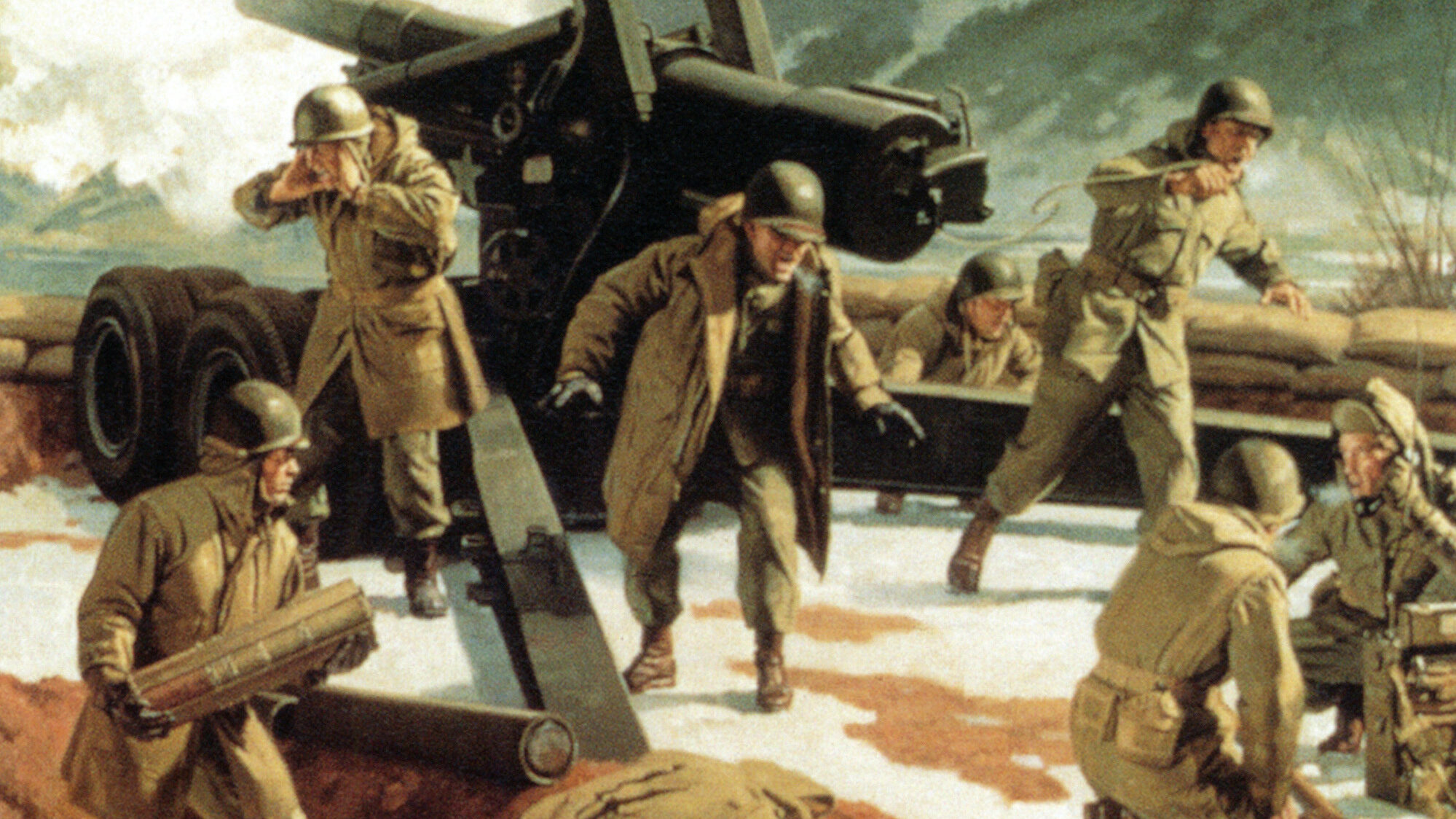
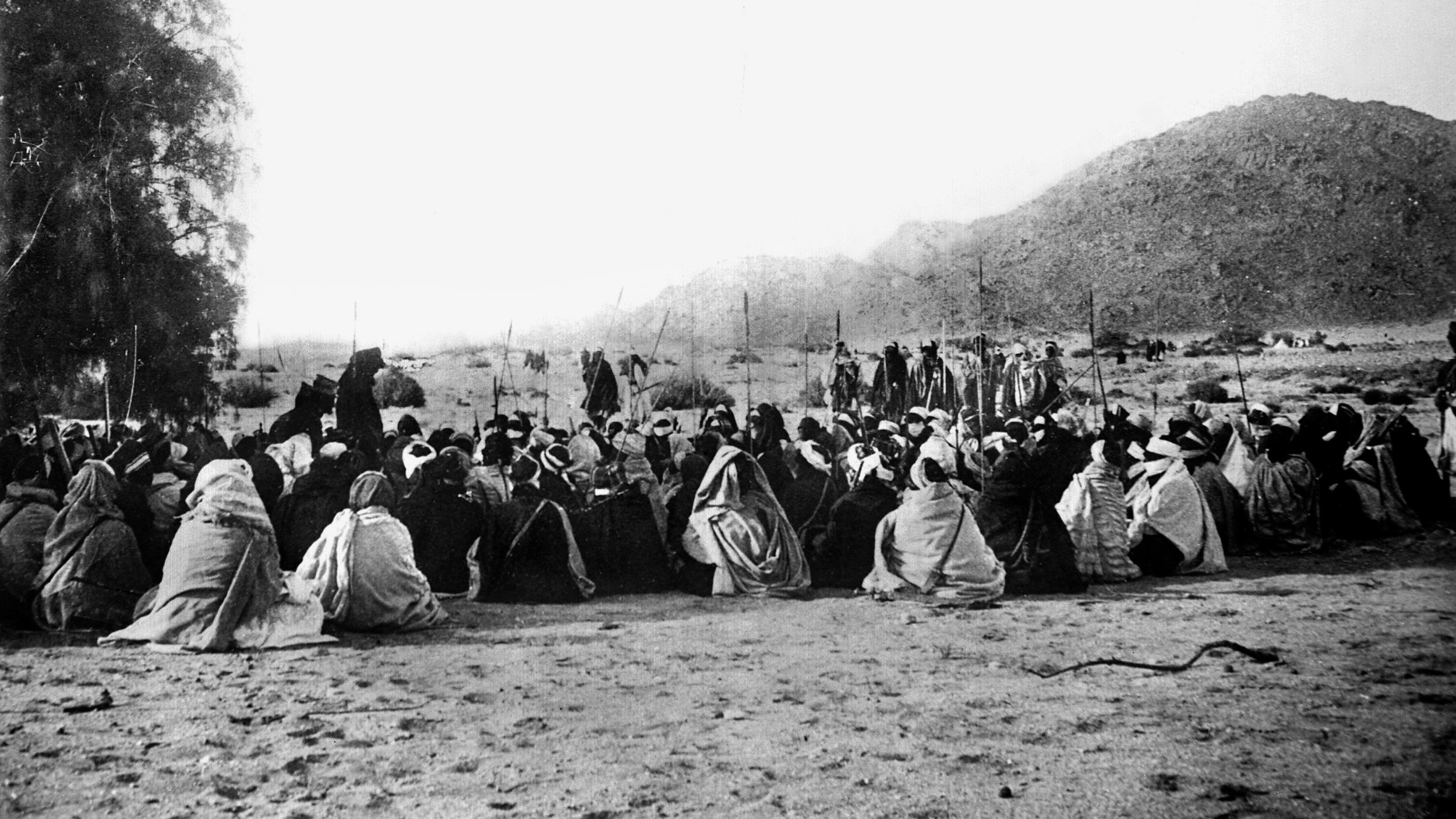
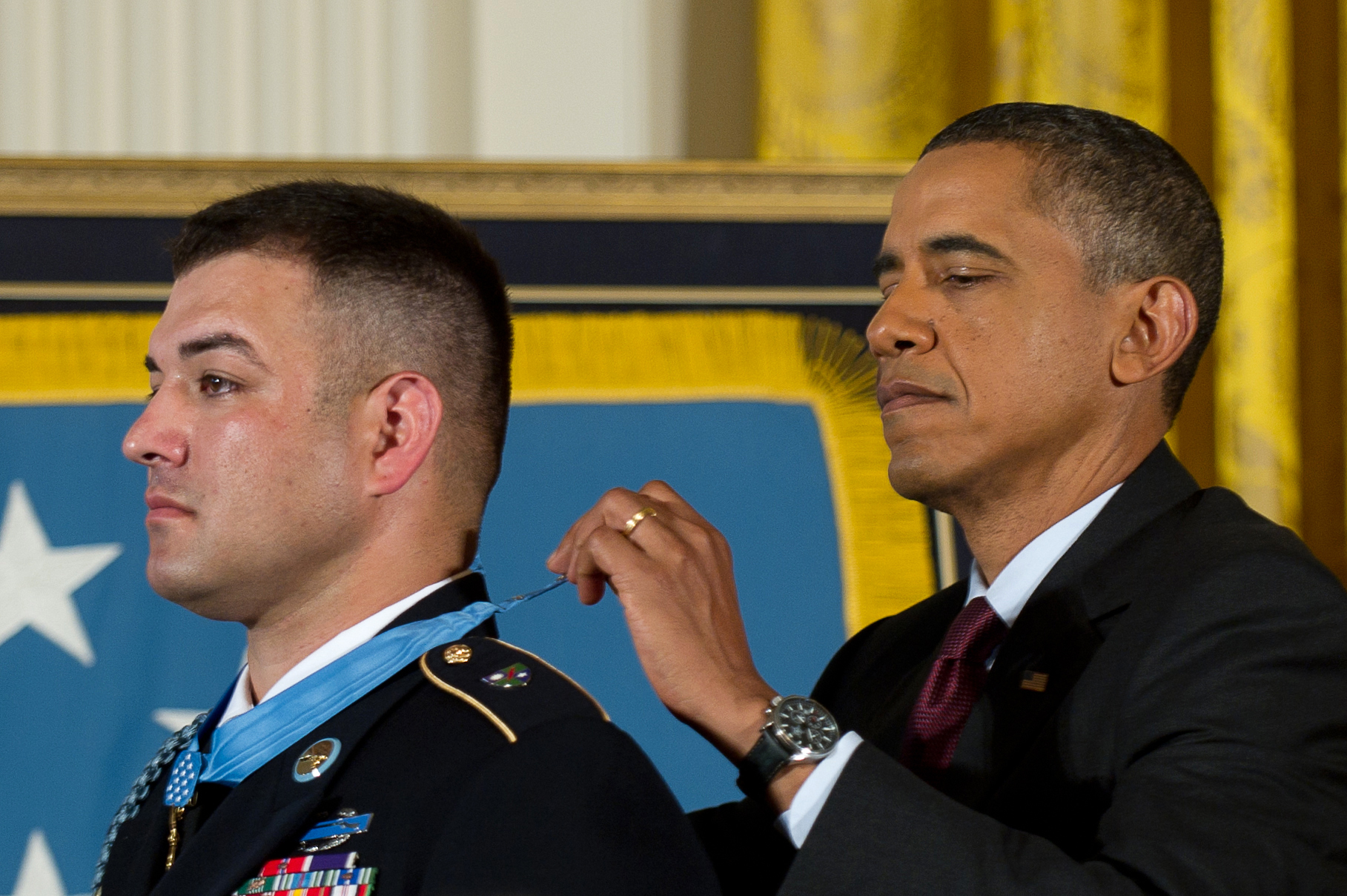
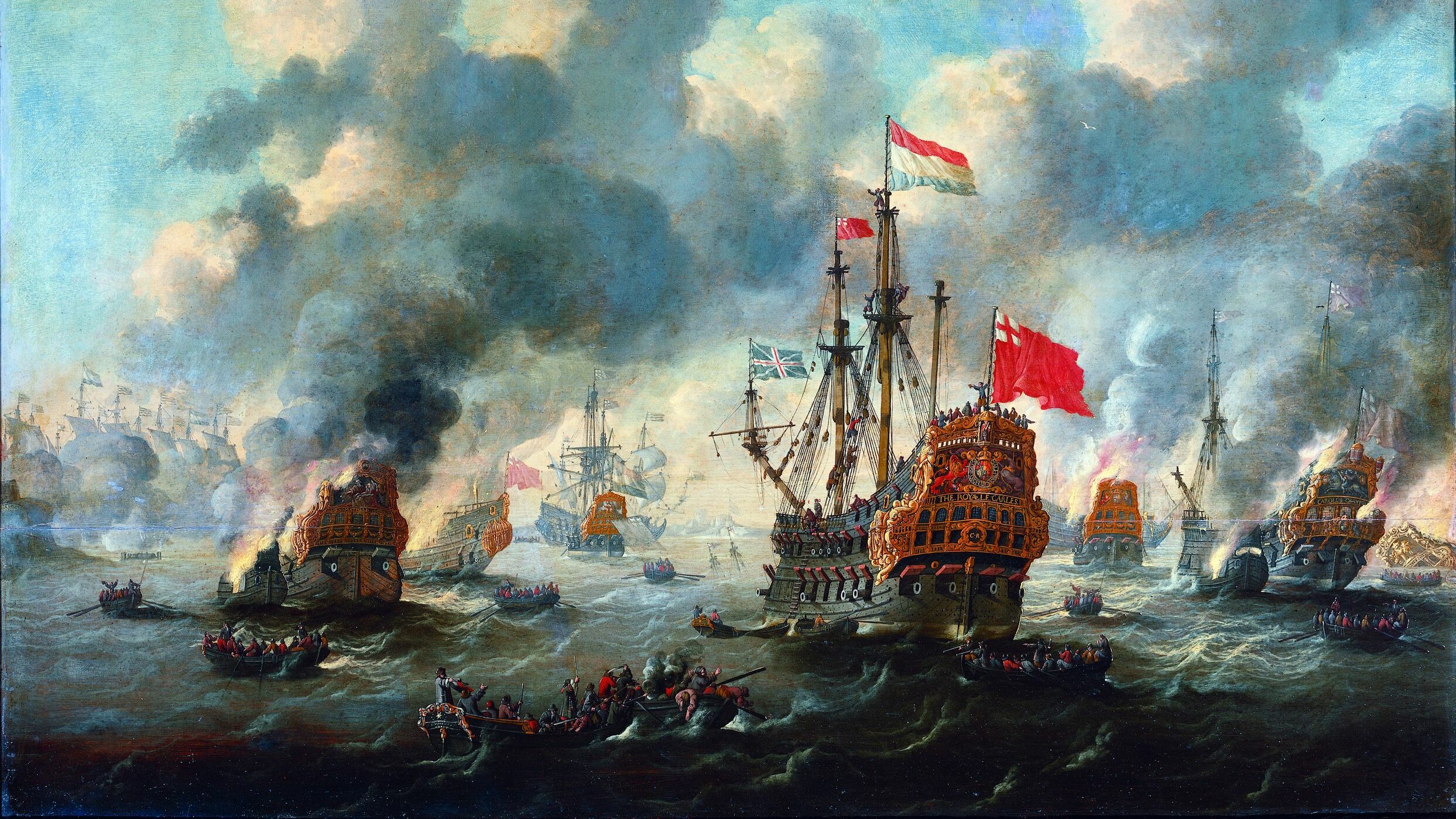
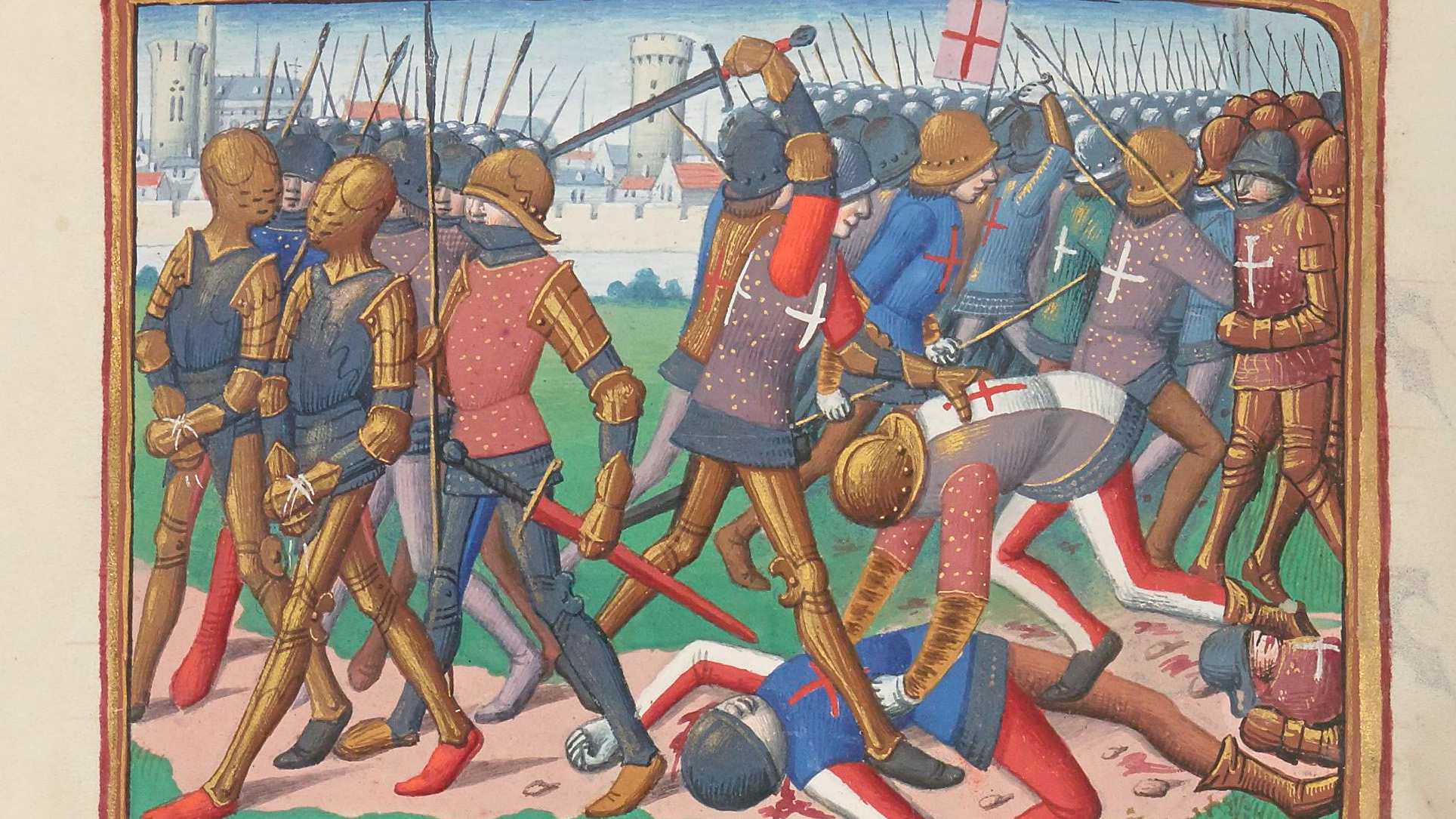
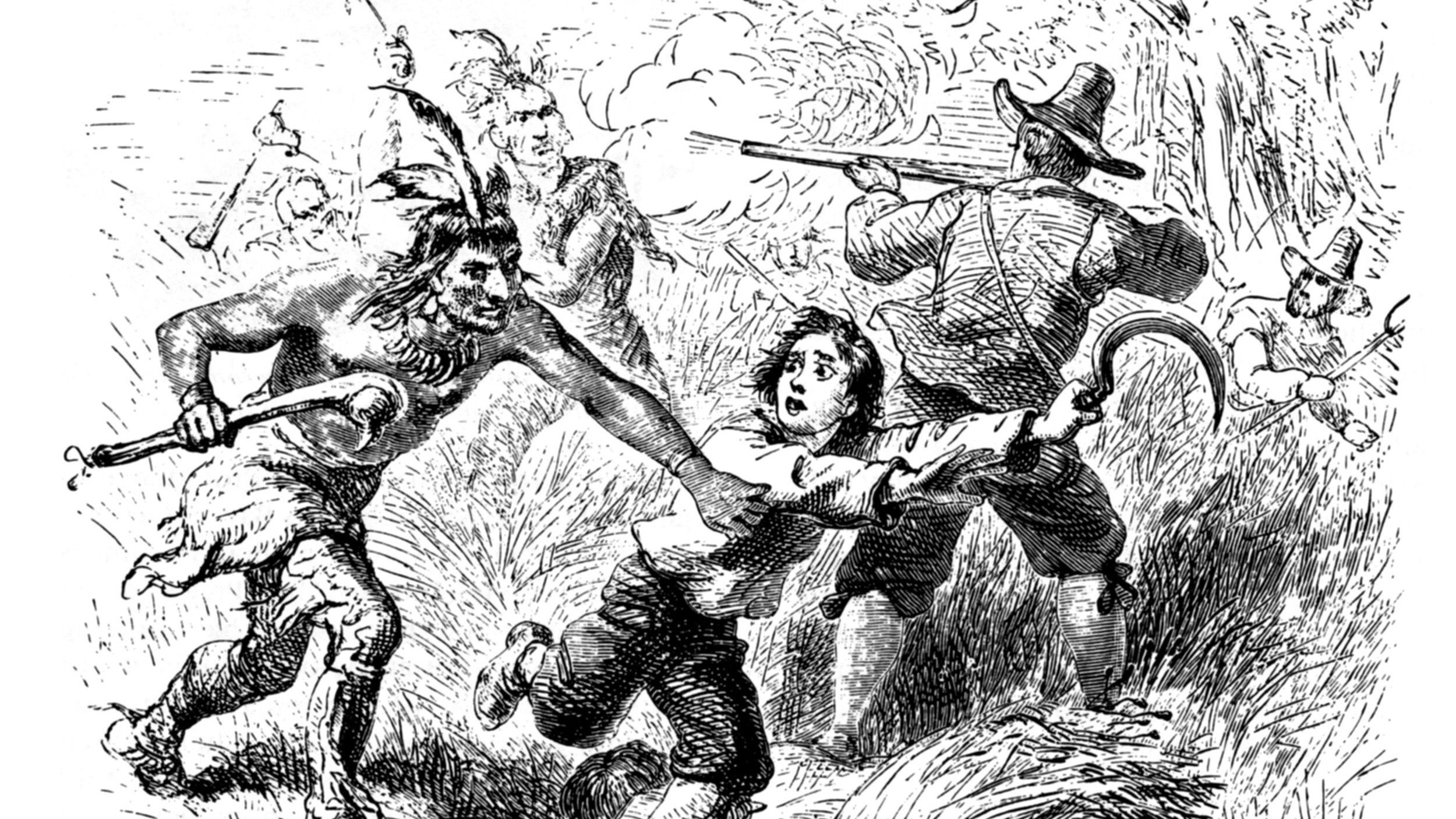
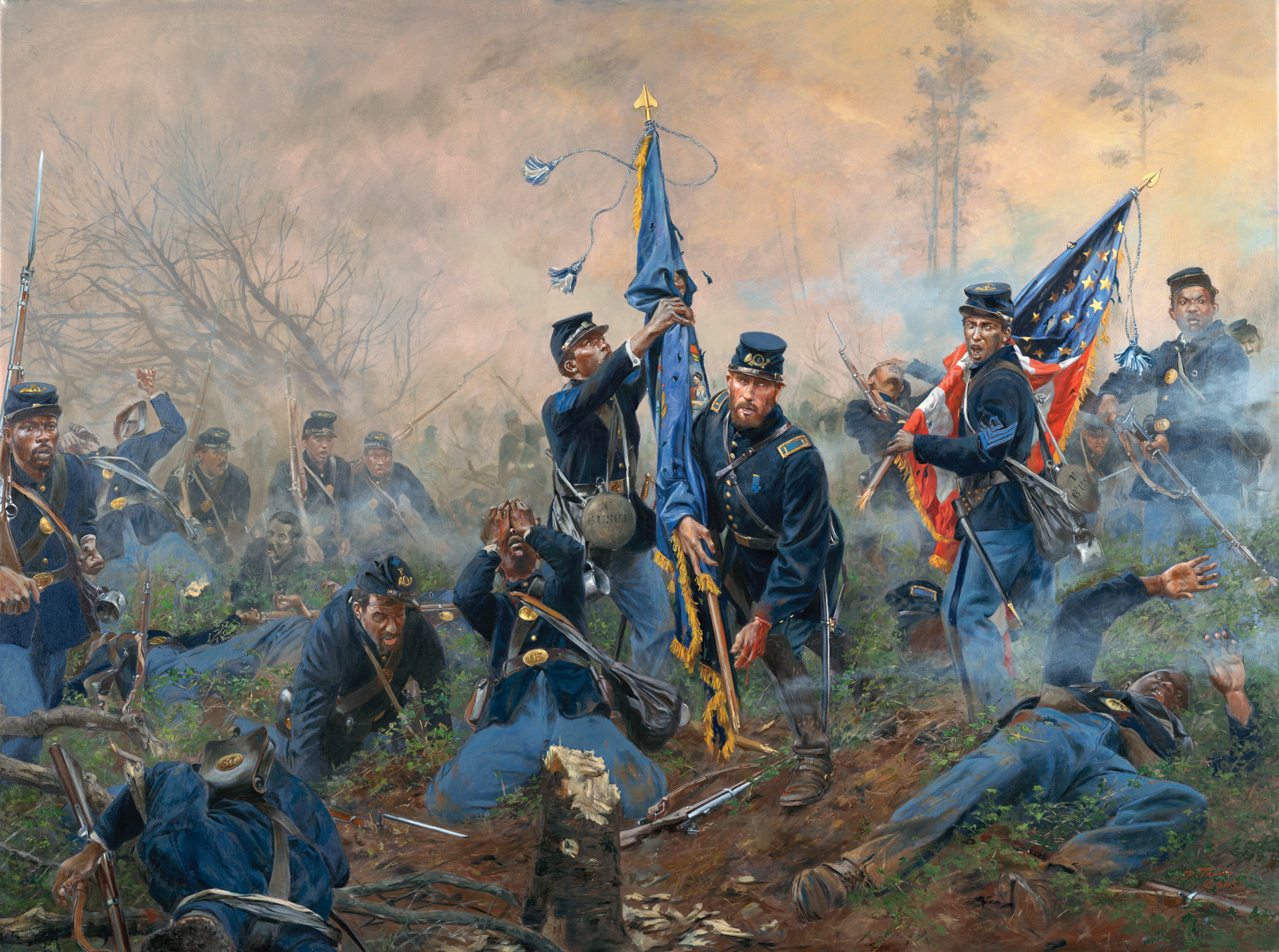
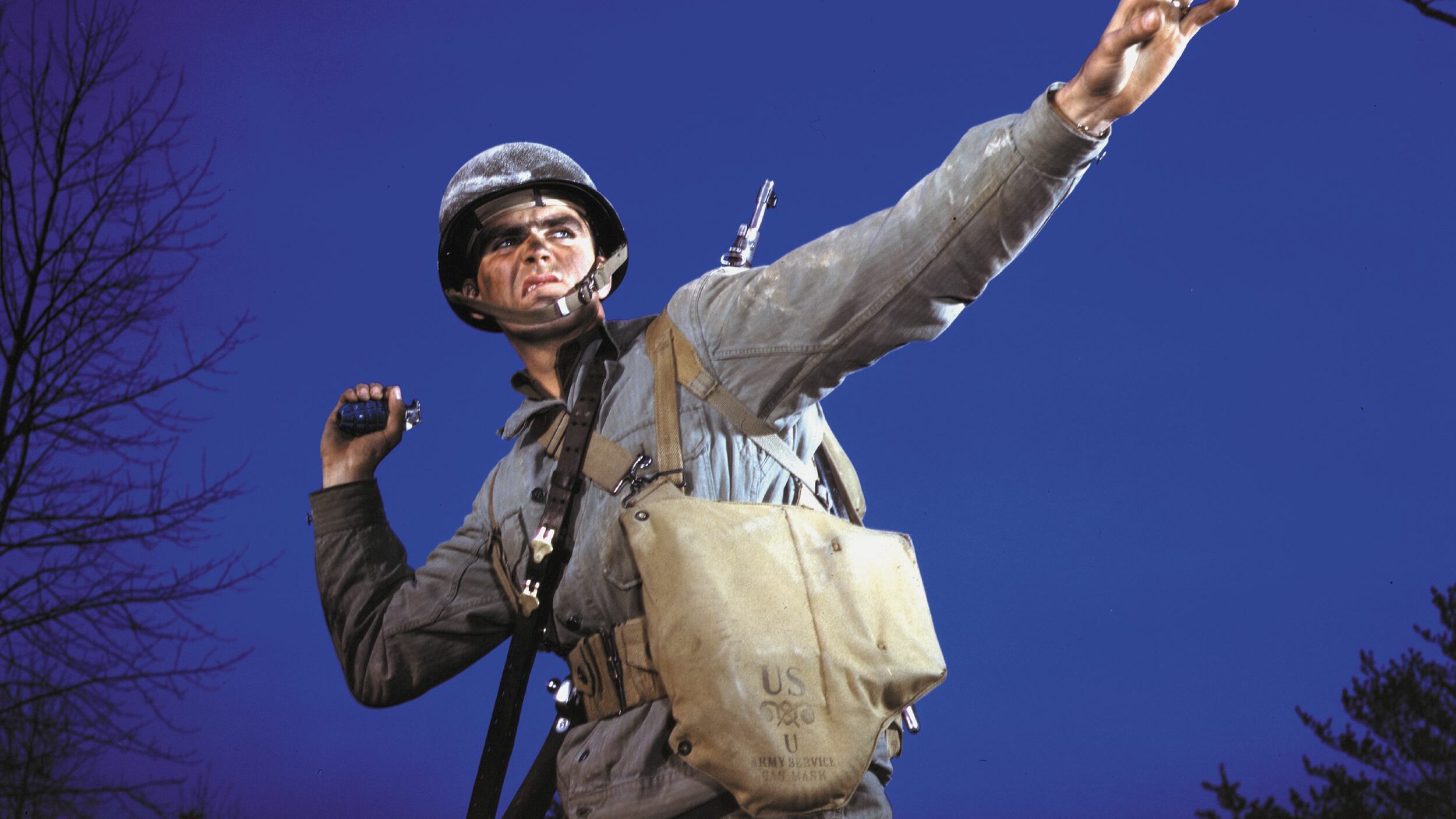

My Dad was a Sound Ranging Operator in Korea. 61st. Counterfire Platoon.